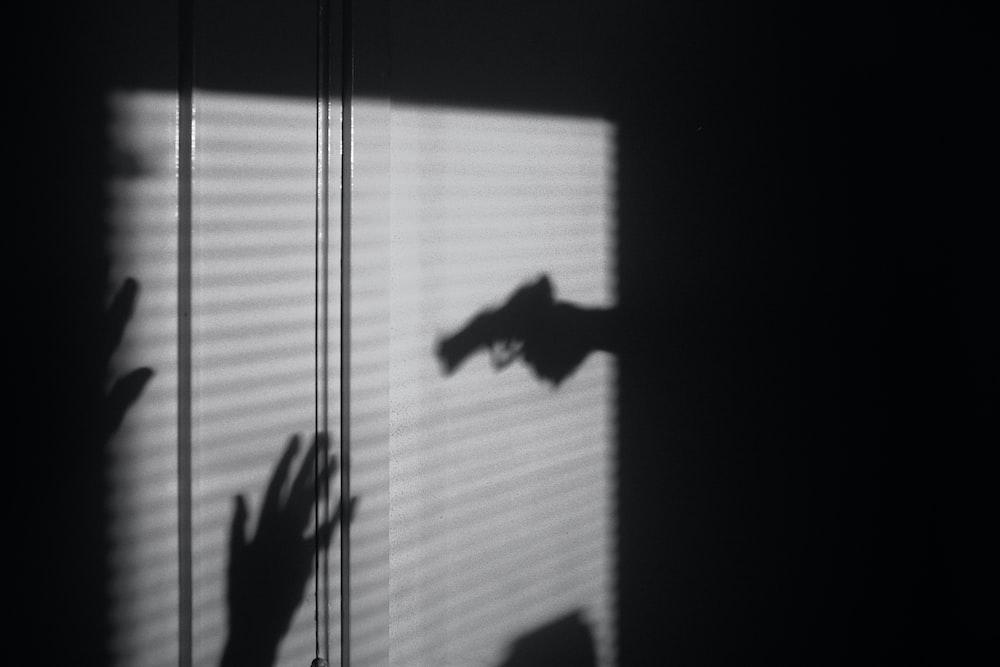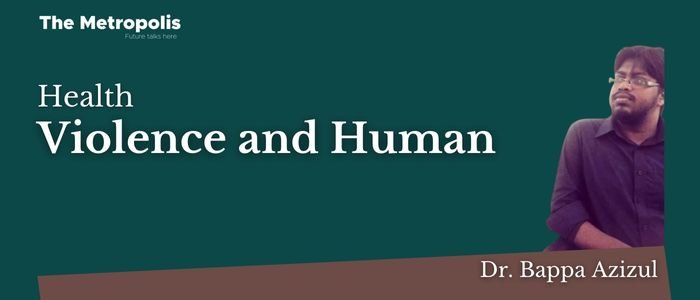We often come across violence here in Bangladesh. Let us look a bit back. A few months ago, the repeated clashes and violence between traders and students in the heart of the capital for a couple of days left us stunned. How can people grow that violent even during Ramadan, the month of abstinence and self-purification?
Sunamganj’s child Tuhin, or BUET student Abrar, repeatedly appeared on our screens. Why is this violence? What is this much anger or vindictiveness of? Why is this barbarism? Why is this primitive atrocity? Was this the first time that violence had occurred?
No! Nusrat, Tanu, Khadiza, Abid, and many more have sunk into oblivion! In the entire world’s history, thousands of examples of violence can be found, regardless of individuals, groups, opinions, castes, or religions. But in no age has this violence brought anything auspicious for anyone.
Were these acts of violence inevitable? Not at all! Instead, it could have been avoided. Over the ages, it has also been proven that non-violence has often triumphed over violence.
Any act or attempt to harm or destroy someone or something is considered violence. For example, violence against women, violence against children, sectarian extremism, communal riots, ethnic cleansing, state genocide, etc.
The World Health Organization has defined violence as “the intentional use of physical force or power, threatened or actual, against oneself, another person, or against a group or community, which either results in or has a high likelihood of resulting in injury, death, psychological harm, maldevelopment, or deprivation.”

According to the old school of thought, humans are born violent. The modern age denies it, terming it an ancient environmental influence. Thomas Hobbes, the seventeenth-century philosopher, says that humans are, by nature, competitive and rancorous. They are always concerned about the preservation of their interests and advantages. They, therefore, need a government or a ruler to supervise them so they do not end up in strife.
Then we get almost a similar idea from Sigmund Freud. First, Freud introduces “Eros”, meaning the natural tendency of people after happiness and prosperity. Then after the first World War comes “Thanatos”, meaning people’s journey towards death and self-destruction. Whenever their interests, happiness, and prosperity are hurt, they go violent.
Scientist Konrad Lorenz also chimes in. He says violence is an instinct in humans, like in all other animals. However, humans are backward or underprivileged in one way. They have no safety signals or safety devices like other animals. In the final stage of the conflict, weaker animals express absolute subordination or helplessness through certain behaviors, movements, or gestures that reassure their opponents. Because humans do not have such safety devices, their adversaries become much more violent.
A popular theory of violence is that frustration or deprivation breeds violence. When people are constantly exploited, deprived, and oppressed, lose their freedom, and do not get justice, they become violent. This is why even some violent programs rise to prominence in the liberation wars of many countries.
Violence is spread or mastered through social learning as well. This theory has now turned out to be the most popular one, especially in cases of children. Seeing violence in their families and at schools, they also take lessons. When they see someone getting privileged due to being violent, they also take an interest in violence.
Another part of social learning comes from books, television shows, newspapers, and movies on serial killers, psychopaths, etc. Lately, viral videos, pictures, and posts from Facebook or YouTube have also been added to the list. Although very few people see weapons in person, they get to know almost all kinds of weapons through movies. Not only do the villains grow violent, but the heroes get violent too.
Another topic widely discussed in sociology is decision-making in groups. Collective decisions can be far riskier and more violent than individual ones. Individuals usually want to take risks a bit less, but in the collaborative forum, their tendency to take risks increases multiple times.
To stop violence in our society, we have to try both at individual and collective levels. At the individual level, self-control, self-assessment, rewarding ourselves for positive results, anger management, relaxation, refraining from violent content, studying the lives and works of great people, and developing social relations and communication skills are some of the most significant things that can help us stop violence in society. And at the collective level, emphasis on proper education and social development, the rule of law, freedom of speech, social justice, and authentic media are some of the basic things we must ensure.
Dr. Bappa Azizul is a resident physician at the Department of Psychiatry at MAG Osmani Medical College, Sylhet. He is also a poet, essayist, and novelist along with the Editor of ‘Kobitika’ (little mag) and ‘Manoslok’ (webzin).



